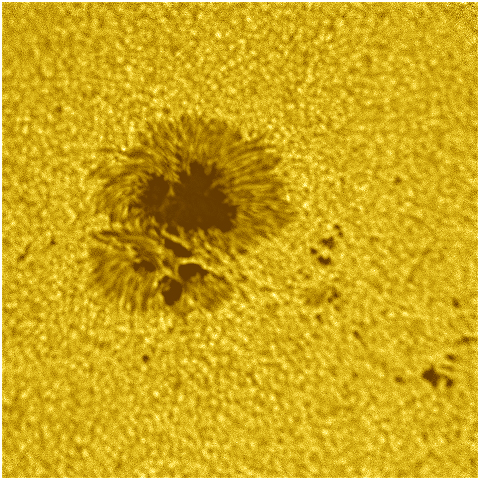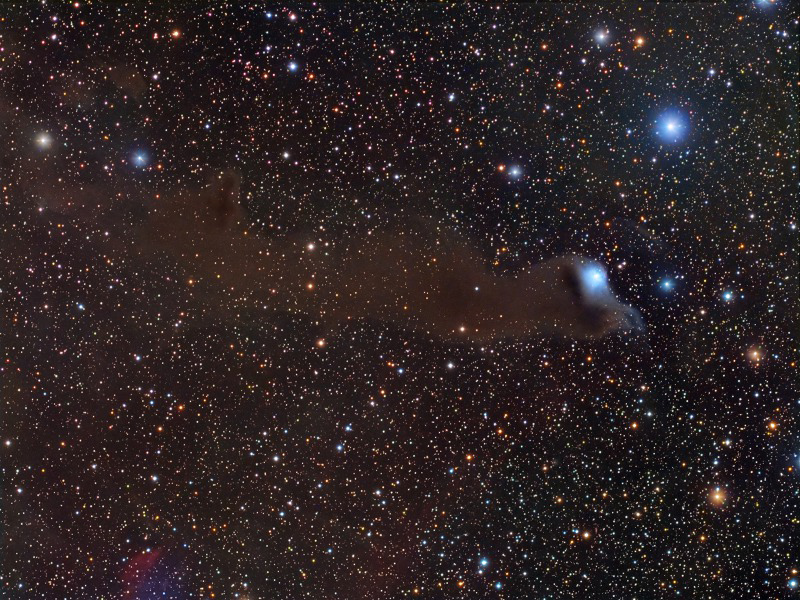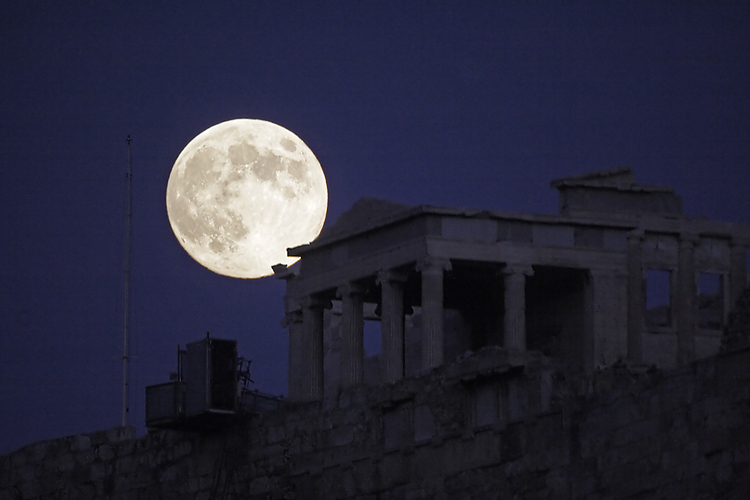The picture is indeed extremely informative!geckzilla wrote:Is this a fairly typical way of presenting spectrums? I've never seen it like this before. I really like this. The Hubble people wanted everyone to pick their favorite Hubble images and even told us to pick our favorite spectrums but the presentation of spectrums is so... well, it's scientific, which has a beauty if you know how to appreciate it, but I can't help but try to think of ways to make them more easily understandable by the average Joe.Sandgirl wrote:Nova Delphini Spectrum
Copyrights: Juerg Alean
1) We can see the relative position of Nova Delphini compared with other stars whose position we can find in the Hipparcos catalog. For example, we can see that Nova Delphini is located close to star HIP 100536.
2) We can compare the brightness of Nova Delphini with the brightness of other stars in the vicinity.
3) We can get an idea of the relative brightness of stars that are one, two or three magnitudes brighter or fainter than other stars. We can see, for example, that Nova Delphini is much brighter than eighth magnitude star HIP 100536 right next to it. We can see that the only star in the field whose brightness is in any way comparable to Nova Delphini is HIP 100754, whose V magnitude is 5.65. Clearly Nova Delphini is brighter than than HIP 100754, however.
4) We can get an idea of the colors of the stars. At upper right in the picture we can see two stars, blue HIP 100425 and red HIP 100346. These two stars are fairly similar in V (green) magnitude. We can clearly see, however, that the red part of the spectrum is brighter in red star HIP 100346 than in blue star HIP 100425. Still more remarkable is that we can see a lot of blue light from blue star HIP 100425, whereas the blue part of the spectrum is all but missing from red star HIP 100346.
5) We can check out the greenish color of OIII emission from planetary nebula NGC 6905.
6) We can see that all the colors of the spectrum are quite bright in Nova Delphini. Therefore its overall color should be fairly neutral. However, the blue part of the spectrum is so bright that Nova Delphini is certainly bluer than the Sun in this picture.
7) We can see a few obvious spectral lines in Nova Delphini, but not very many. Some of the lines appear to be hydrogen absorption lines from the Balmer series.
8) We can see that there appear to be bright emission lines right next to the dark absorption lines. Nova Delphini therefore appears to have a P Cygni spectrum, where dark absorption lines are bordered (on the red side) by bright emission lines. This feature means that we are looking at ejecta coming our way, or, in other words, we are looking at fragments from an explosion.
So the picture is indeed highly informative!
Ann











